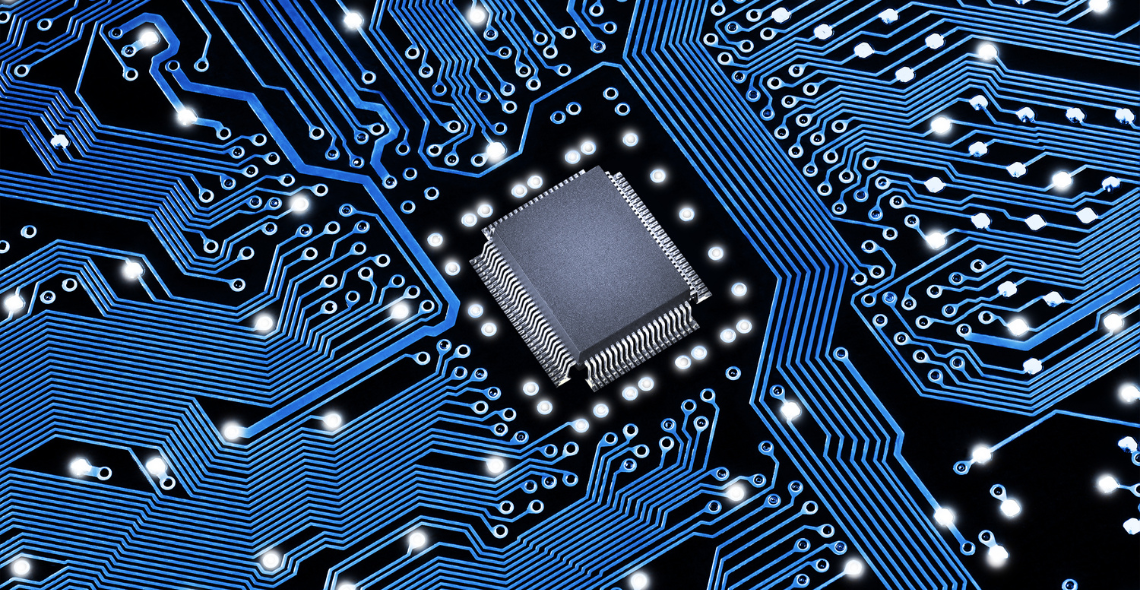Die Attach Adhesives – Material Properties and Selection
Published date: 30 January 2024

Die attach adhesives are indispensable in the assembly of semiconductor devices, ensuring the secure attachment of the semiconductor die to the substrate. The efficiency and reliability of electronic components heavily depend on the material properties of die attach adhesives. In this blog post, we will delve into the key material properties of die attach adhesives. Additionally, we’ll provide valuable guidance on selecting the right adhesive for specific applications, considering the diverse requirements of the electronics industry.
Material Properties of Die Attach Adhesives
The key material properties of die attach adhesives include:
- Thermal Conductivity
One of the critical material properties of die attach adhesives is thermal conductivity. Efficient heat dissipation is essential in electronic devices to prevent overheating, which can lead to performance degradation or even failure. Die attach adhesives with high thermal conductivity facilitate the efficient transfer of heat from the device to heat sinks and thermal management parts. This property ensures that the heat generated during device operation is effectively dissipated, contributing to the overall reliability and longevity of the electronic component.
- Thermal Resistance
Closely related to thermal conductivity is thermal resistance. Thermal resistance measures the material’s ability to impede the flow of heat. Low thermal resistance is desirable to enhance the thermal performance of the semiconductor device. Adhesives with low thermal resistance help in minimizing the temperature rise within the device, thereby preventing adverse effects on its functionality.
- Electrical Conductivity
In addition to thermal considerations, electrical conductivity is an essential material property of die attach adhesives. Die attach adhesives filled with conductive materials such as silver and copper help maintain low resistance paths, ensuring reliable electrical connections. On the other hand, electrically insulating adhesives are used where it’s vital to inhibit the flow of electricity. Their properties allow to prevent unintended electrical contact, offering a protective shield for fine-pitch devices.
- Adhesion Strength
Adhesion strength is also a crucial factor. The adhesive must securely bond the semiconductor die to the substrate to withstand the stresses encountered during device operation, including thermal cycling and mechanical shocks. The adhesion strength ensures the integrity of the assembly, preventing the semiconductor die from delaminating or detaching. The selection of die attach adhesives with appropriate adhesion strength is imperative to guarantee the reliability and mechanical stability of the electronic component.
Selecting the Right Die Attach Adhesive
Choosing the right die attach adhesive for specific applications involves a number of considerations, including:
- Application-specific Considerations
Choosing the right die attach adhesive involves considering the specific requirements of the application. Different electronic devices have distinct thermal, mechanical, and electrical demands. For high-power applications, prioritizing adhesives with superior thermal properties is essential. On the other hand, applications with stringent size and weight constraints may require adhesives with a balance of thermal performance and reduced thickness, such as die attach film adhesives.
- Material Compatibility
Compatibility with the materials involved in the assembly process is a critical consideration. Die attach adhesives must adhere well to both the semiconductor die and the substrate material. Additionally, compatibility with other materials used in the packaging process, such as underfill materials and encapsulants, is vital to ensure a cohesive and reliable electronic package.
- Reliability and Longevity
The reliability and longevity of electronic components are paramount. Engineers should opt for die attach adhesives that exhibit long-term stability under the operating conditions of the device. Assessing the adhesive’s resistance to environmental factors, such as temperature variations, humidity, and chemical exposure, is essential to guarantee the extended life and robust performance of the electronic assembly.
At Conro Electronics, we’ll show you how to improve product reliability while increasing performance and lowering costs. Our team of technical support specialists will provide your company with dependable global supply, unrivalled efficiency, and superior technical support.
Feel free to contact us on 0208 953 1211 or send us an email to info@conro.com




Comments
There are currently no comments, be the first to comment.